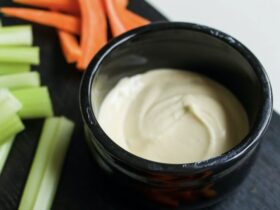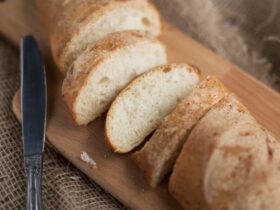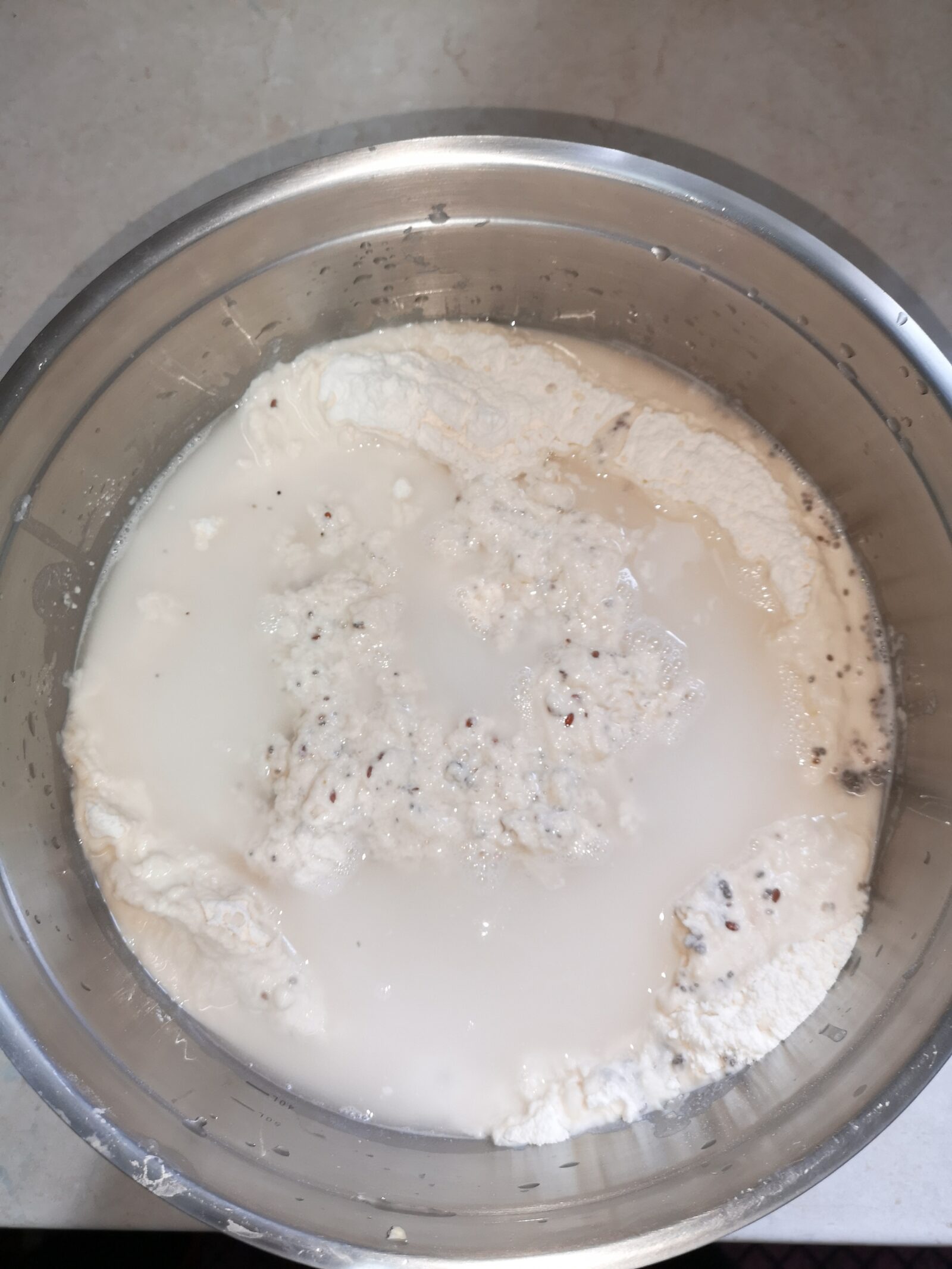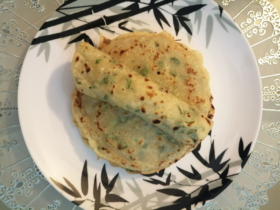If you have ever tried to make your own sourdough bread at home, you may have encountered the frustrating problem of a sticky dough. But why is your sourdough so sticky? And what can you do about it? In this article, we will explore the probable causes of sticky sourdough and provide tips for fixing and preventing the problem in the future.
Sourdough can become sticky due to using too much water, not enough flour on the surface when shaping, using the incorrect type of flour, or the humidity and temperature in the kitchen.
Differences between Sticky Sourdough and Normal Dough
Sourdough, which is made using a starter culture of wild yeast and bacteria, tends to be more hydrated and less glutenous than normal dough. This can make it more difficult to handle and more prone to sticking.
Normal dough, on the other hand, is typically made using commercial yeast and has a higher gluten content. This gives the normal dough more structure, and makes it easier to handle.
Causes of Sticky Sourdough
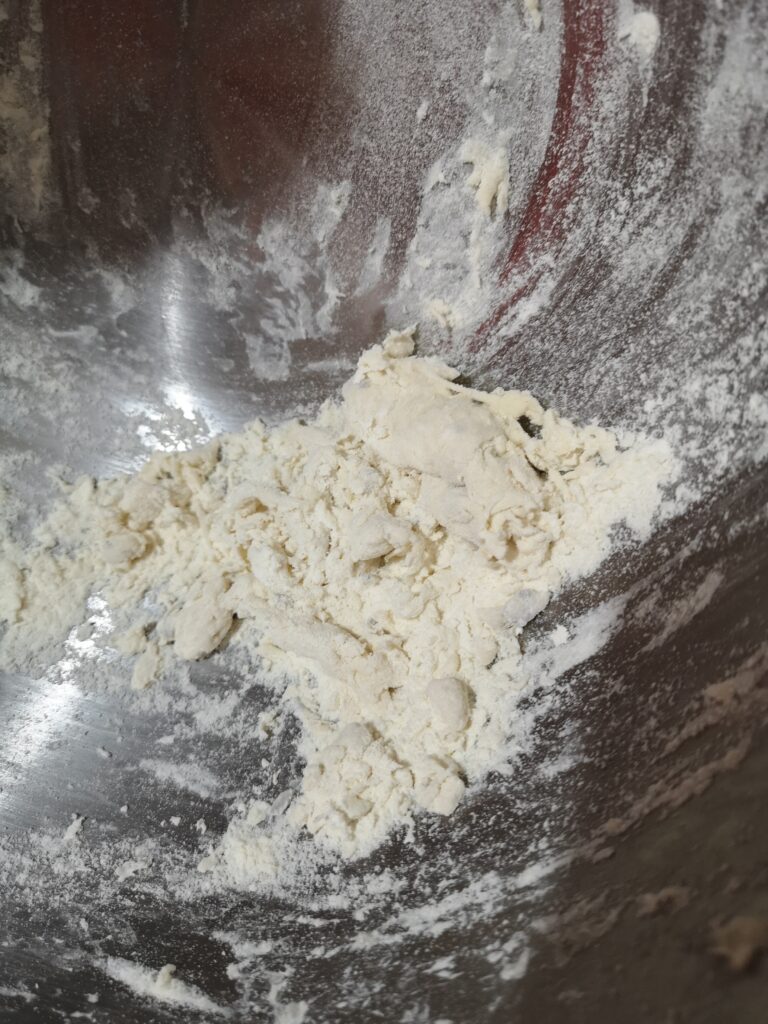
- High Hydration: The main reason why sourdough is so sticky is that it often has a higher hydration content than most other types of bread.
- Lack of Gluten Development: The dough is at its stickiest state when the flour and water are initially mixed. This is because the gluten strands are relatively short and undeveloped, so they stick to everything.
- Bad Surface: To prevent your sourdough from sticking to the surface, you need to make sure that the surface has been seasoned properly. This seasoning is a layer of flour you put down prior that prevents the dough from sticking.
- Poor Bowl Flouring: If you’re concerned with your dough sticking, you might want to add a heavy coating of flour to the dish and the dough before you allow it to proof. Don’t worry about using too much flour, as excess flour can be brushed off after the sourdough is turned out of the dish.
- Sticking to Cloth/Tea Towel: To stop your sourdough from sticking to your tea towel, you need to use plenty of coarse flour, like semolina or rice flour. Another option is to use a more suitable linen cloth.
The Role of Humidity
The humidity in your kitchen can play a role in the stickiness of your sourdough. If the air is very humid, it can cause the dough to become stickier and harder to handle. This is because the moisture in the air can be absorbed by the dough, making it more hydrated and therefore, more sticky.
On the other hand, if the air is very dry, it can cause the dough to become dry and crumbly. Neither are great for the end product. Therefore, it is important to pay attention to the humidity in your kitchen when working with sourdough. Try to maintain a consistent level of humidity to ensure the best possible results.
How to Fix Sticky Sourdough
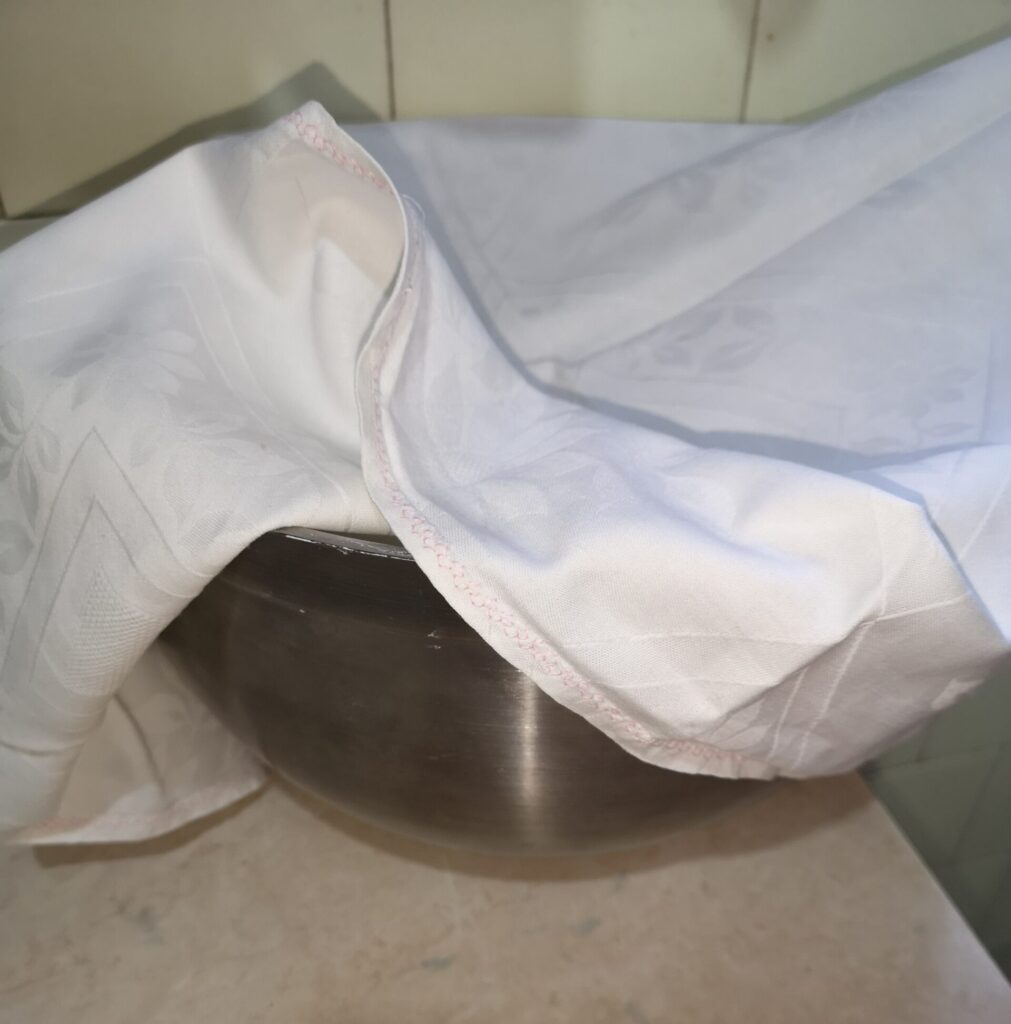
- Increase the Strength of your Starter: If you find that your dough is too sticky, you may need to increase the strength of your starter. To do this, feed your starter with a higher ratio of flour to water and let it double in size before using in a recipe.
- Add More Flour: If your dough is still too sticky after increasing the strength of your starter, you can reduce the hydration of the dough by adding more flour. Start by adding a few tablespoons at a time and mix until the dough feels less sticky.
- Use Less Whole Wheat Flour: Whole wheat flour absorbs more water than all-purpose flour. So if you’re using a lot of whole wheat flour in your recipe, you may need to reduce the amount or substitute it with all-purpose flour.
- Dust your Work Surface with Flour: When you are kneading your dough, make sure to use enough flour to prevent it from sticking. If the dough is still sticking to your work surface, simply add more flour.
- Let the Dough Rest: If your dough is still too sticky, it may need more time to rest to develop its gluten strands. Let the dough rest for 10–15 minutes before kneading it again.
Tips for Preventing Sticky Sourdough in the Future
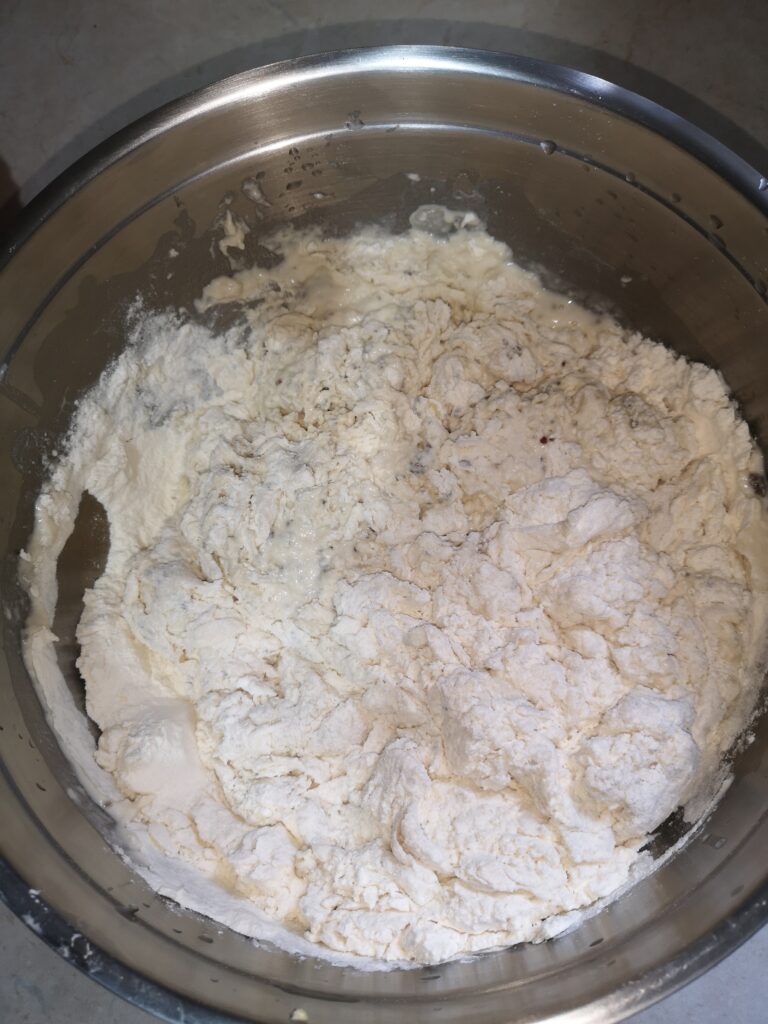
- Use High-Protein Flour: Make sure to use a bread flour, or high-protein flour, with at least 12% protein content if possible.
- Use the Right Amount of Water: Be careful to not add too much water as this can make your dough too sticky. If you find that your dough is too sticky, add a few tablespoons of flour at a time until you reach the desired consistency.
- Use an Oil or Butter-Based Recipe: Oil or butter-based recipes are less prone to sticking than water-based recipes as the fat helps to coat the dough, and make it less sticky.
- Properly Season your Bowl: Make sure to properly season your bowl with flour to prevent the dough from sticking to it.
Final Words
Having a sticky sourdough can be a frustrating experience, but it can easily be avoided with the right techniques and tools. Make sure to use the right type of flour, the correct amount of water, pre-treat your bowl and surface, and let the dough rest before shaping and baking.
As always, thanks for reading and be sure to keep your kitchen Hot and Salty!


